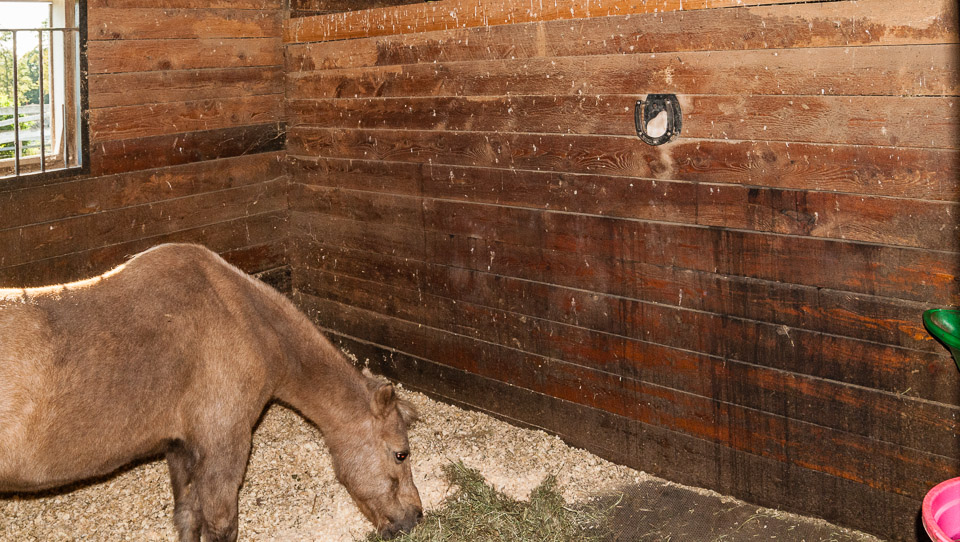
Horse Barn Structures – Stall Walls
The images in this gallery will demonstrate the variety of designs and materials. There are a few principles to stall walls. They must be durable so that a kicking horse will not punch a hole through it with a kick. This said I have seen plywood and canvas used and have seen the hole made by a kick. Damage can occur to the horse on the other side if in the way. Damage can occur to the kicking leg. Once I saw a horse kick through plywood AND sheet metal leaving a hole through both. Miraculously the horse had no damage. Not even a hair missing.
**CONTINUED IN ARTICLE TAB**
Related material – Sometimes I have a lot of material here that I have written, podcasted, video blogs and other things. They will be listed in this tab.
Use the browser back button or menu to return to the index of topics.
⬇︎ CLICK ANY IMAGE BELOW TO REVEAL MORE INFORMATION ⬇︎
The images in this gallery will demonstrate the variety of designs and materials. There are a few principles to stall walls. They must be durable so that a kicking horse will not punch a hole through it with a kick. This said I have seen plywood and canvas used and have seen the hole made by a kick. Damage can occur to the horse on the other side if in the way. Damage can occur to the kicking leg. Once I saw a horse kick through plywood AND sheet metal leaving a hole through both. Miraculously the horse had no damage. Not even a hair missing.
While not principles, there are some other things to look for in a stall wall. Ventilation between stalls is good when all horses live in a closed community. However the ability of a new horse to cough and sneeze through a vent between stalls helps to spread disease.
Most horses like to see other horses and require this ability. On the other hand there are horses that do better behind solid walls. This can be especially true when feeding horses or when you have a stallion on one side and any other horse he might like or dislike on the other side.
When selecting a way to provide vision or ventilation you need to decide if the adjacent horses will be allowed to touch each other. A half wall is ideal for friends but out of the question for horses attacking each other. I used hog paneling between my stalls which was ¼ inch (6.3mm) solid galvanized steel. It never was damaged in decades of use and because it was placed on top of a half wall, no horse could kick it.
Solid walls made of hardwood or thick softwood or cinder block are good materials to use. If you haven’t read about sandwich boards please do now (in this chapter). It is imperative that the stacked boards are not allowed to move individually. However if the boards are nailed to the frame at each end and especially if tongue and groove boards are used then sandwich boards are unnecessary.
I have seen galvanized steel sheeting covering thick plywood used by some commercial barn kits. This seems to work but these eventually rust through exposing sharp edges.
Most stall walls eventually become a place to hang things such as salt licks and hay nets. These are now things that can injure a horse or the people working with them especially when they break or rust developing sharp edges. I have also seen nails and screws driven from the other side of the stall wall penetrate and extend into the stall. Not only do these rip skin, they ruin a lot of shirts (personal experience).
One last thing. If you make a double wall between 2 stalls or between a stall and a barn wall, there is a place for rats to live. If you place rat bait that kills the rats, they often die in between these walls. This stinks. If you can, seal this gap or don’t create it.
Any videos related to this topic will be added here.
- Additional tables
- Links to other in house articles
- Links to outside articles
- Reference material used in developing this topic.
There are no related articles here if you don’t see linked items.


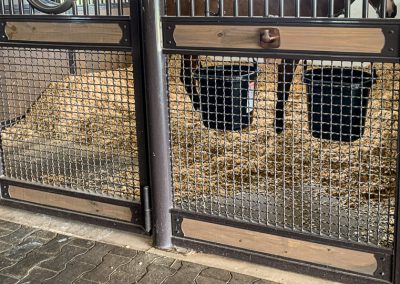
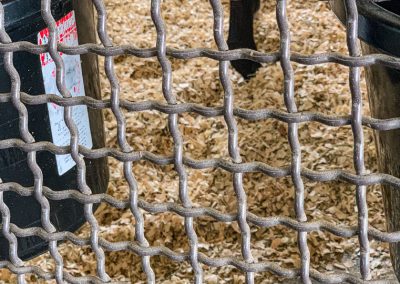

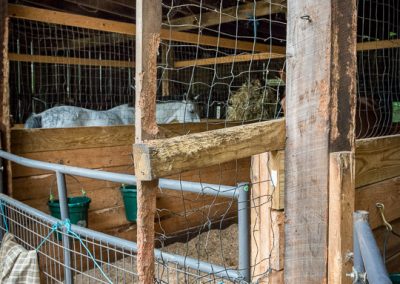
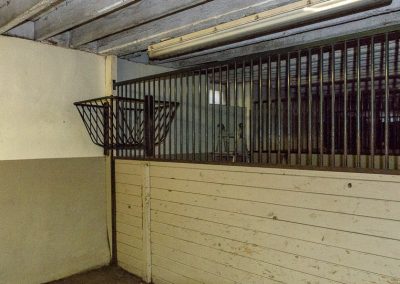

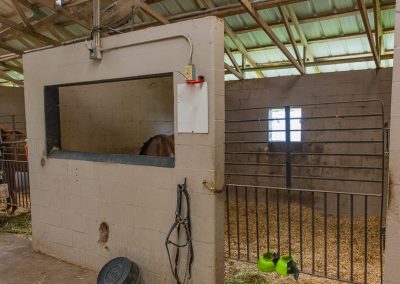
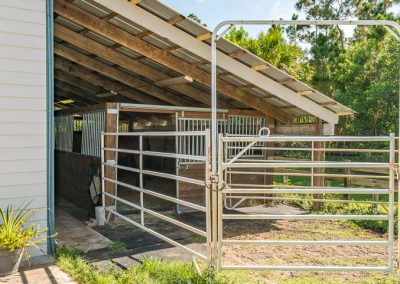
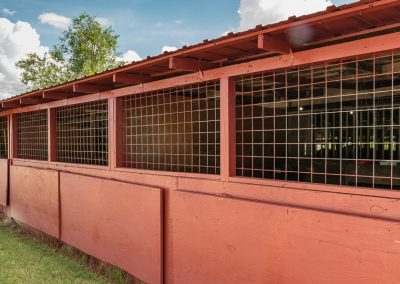
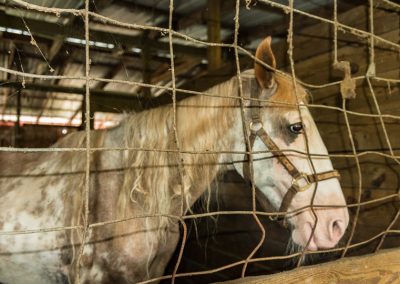
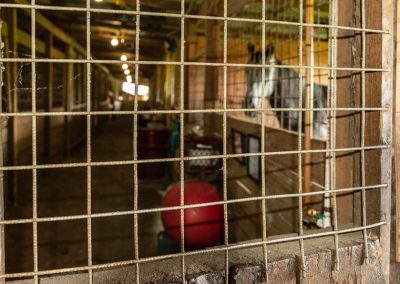
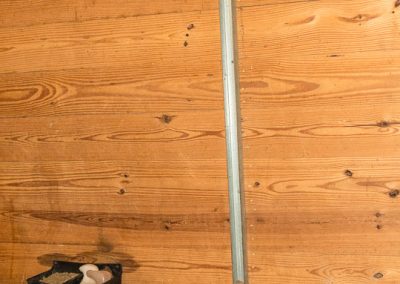

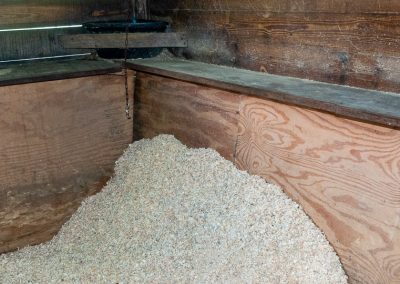
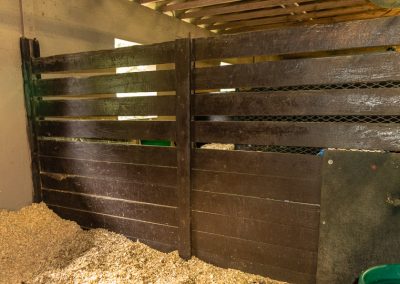
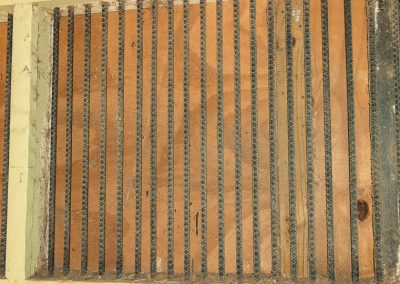

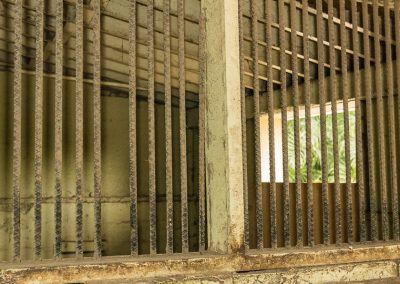
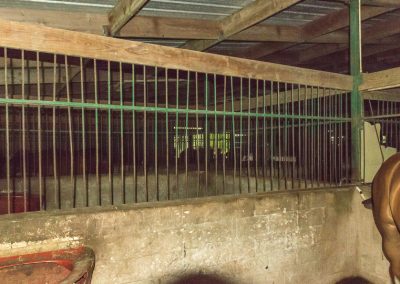
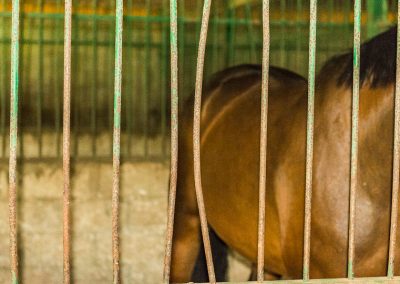
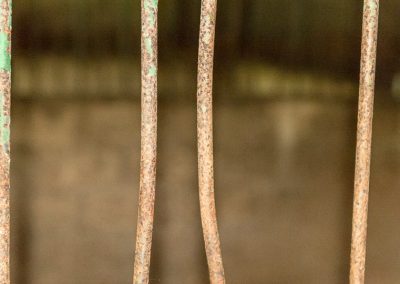
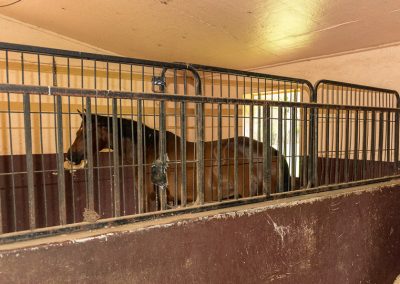

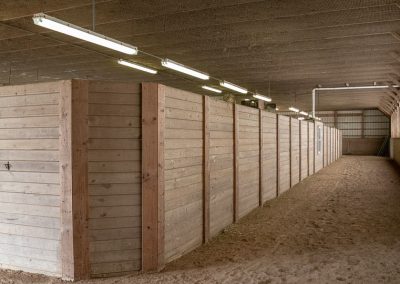
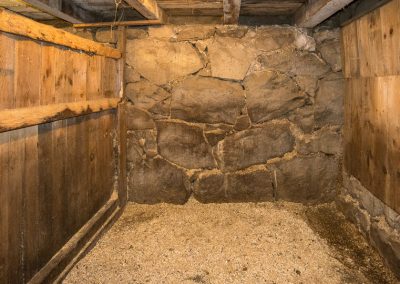
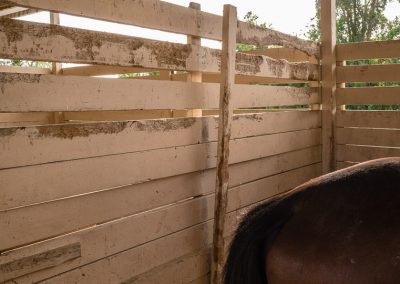
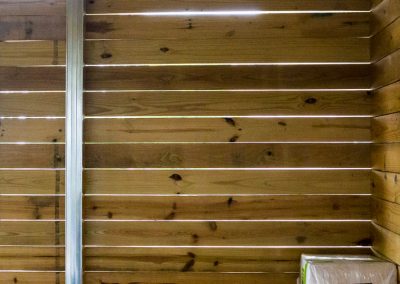
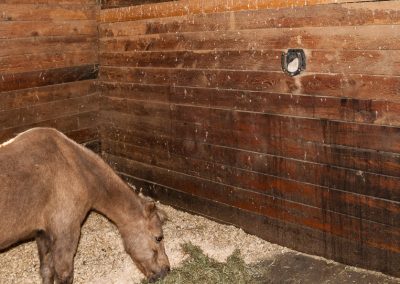
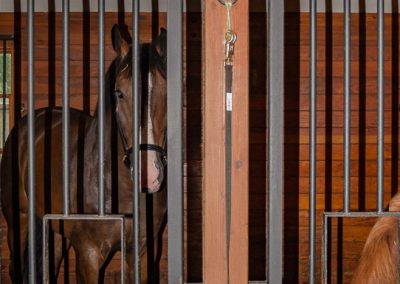
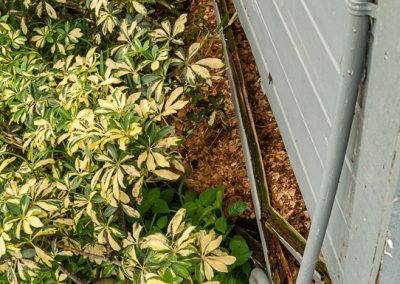

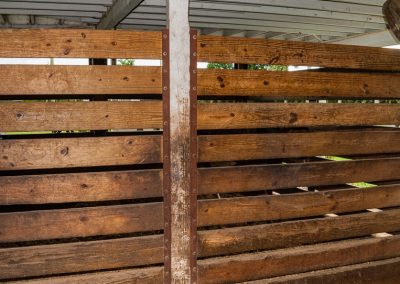

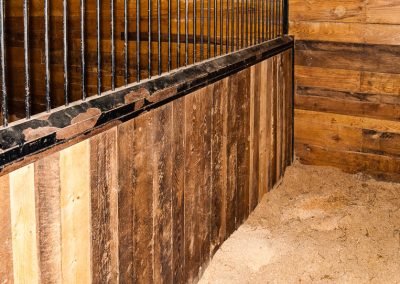
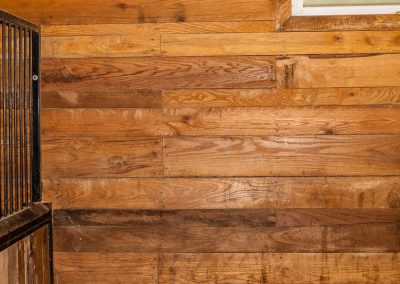
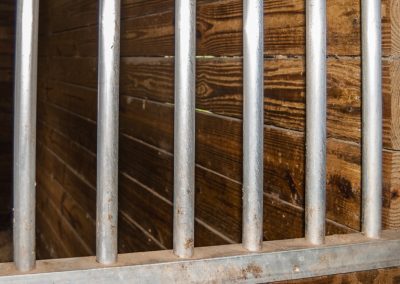
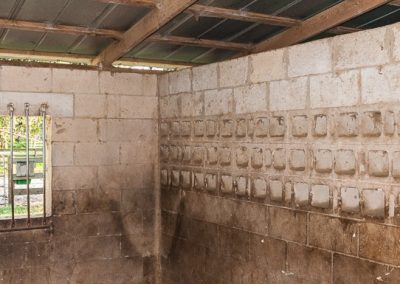
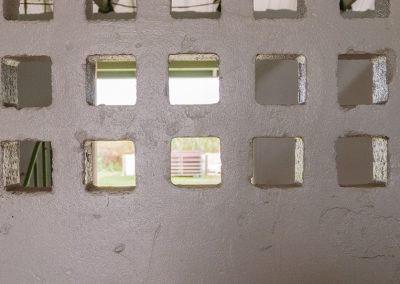

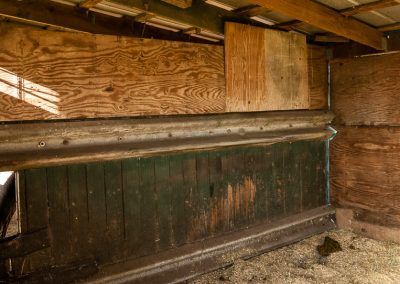
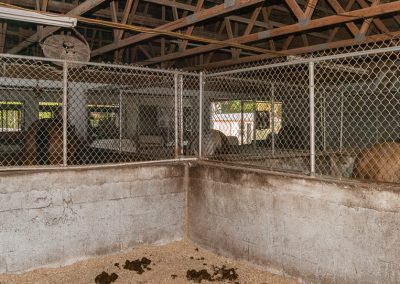
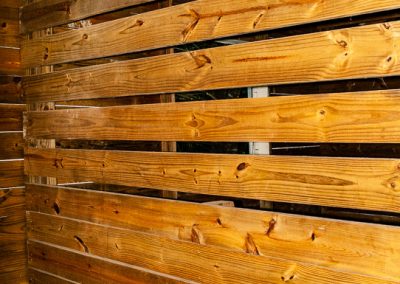
Responses